Is it worth mulching a tree in the strip between sidewalk/street?
clermont_ohio
12 years ago
Featured Answer
Sort by:Oldest
Comments (40)
rhizo_1 (North AL) zone 7
12 years agopineresin
12 years agoRelated Discussions
that little strip near the sidewalk
Comments (9)"...though I've never seen people walk on them here in Texas, so don't think they need to withstand foot traffic." People don't walk on them in lieu of the sidewalk. They walk on them going to the mail box, to the car, cutting corners, crossing the street, etc. Vehicles decimate these strips at some intersections. "Jasmine, lirope, mondo grass all come to mind." When mature, many Liriopes have no trouble reaching 18" - 24" height, which would be an impediment to getting into or out of a car that was parked at the street. Also, it creates a visual barrier to the sidewalk. After being stepped on a few times, Liriope becomes quite unattractive (as I've seen around Atlanta too many times.) Too unfriendly looking insofar as accessing a sidewalk from the street IMO. I could see dwarf Mondo working IF the site was able to satisfy its cultural conditions and the traffic load wasn't much....See MoreTrees for planting strip in sidewalk
Comments (14)I agree with the people who suggested that you avoid the Chinese elm. There's one in my front yard that is gigantic. My husband and I have talked about removing it, but we're afraid to find out what it would cost, so we haven't even asked. We do have to get it pruned every couple of years, though--our tree guy says not to prune it too much because that would spur it on to put out even more unsightly shoots. As far as a pistache goes, I wanted to plant one, but our landscape designer said that it can also get huge. We planted several arbutus instead and they are beautiful all year round and need very little pruning and no summer water. Not sure how they'd do in a planting strip though. Checking with city public works sounds like a very good idea....See MoreThat strip between the sidewalk and the road
Comments (26)I wanted to thank everyone again for all the great suggestions and to give an update... I've moved a bunch of irises to a test area of the strip. They've been there a week and so far they are still standing, which is encouraging. I did not cut the foliage back as I normally do when transplanting and I think this has helped keep them from being trampled. The mint that I'd planted before is doing better too, and seems to have started to spread out a bit. The star of Bethlahem that I have in the back yard is all going to get moved to the strip soon too... its too invasive for the back yard, so I have high hopes for it in the strip. I'll be looking into the ajuga and bishop's weed as well. I'd tried thyme at one point but it died almost immediately. I must say that part of the improvement this year is probably due to the new downstairs tenents who moved in last fall. The two guys who moved into our downstairs apartment last fall both have cars now, so they normally use the spots in front the house. They seem to really respect my plants and my efforts to improve the yard and garden :-) The rebar would be tempting when I'm feeling particularly frustrated, but its the owners I'm irritated with, not the dogs. I understand that the dogs have to go somewhere; its up to the owners to aim them at the tree instead of the daffodils and to pick up the solids. My "kid" problems are probably different than most people's. Most of the "kids" aren't that much younger than me and go to Tufts University; they own the house next door and uses it as a dorm. I call to complain occasionally about loud parties on weeknights... calling to complain about the litter and trampled plants afterwards seems like overkill when the campus police at least come promptly to break up the loud parties. At least I have someone to complain to about those "kids"....See MoreTrees for street strips
Comments (11)Crape Murder a.k.a. "whack(ing) the cr*p outta them every spring to keep them in check" or "the Crape Myrtle version of tree toping", destroys the form and beauty of Crape Myrtles. There are currently over 130 posts on Gardenweb advising against this particular practice. My mom did this to her Crape Myrtles last year. They had always looked so pretty, but were getting larger than she liked. I was over there the other day and noticed how horrible they looked. She is heart broken over the results. I wished she had asked me before she did it. Also, why do all the work of having to prune every year. Even if you are really good at pruning and do it correctly (heading back technique), it's just not worth all the trouble. It's much easier to get the right plant for the spot to start with....See Moreclermont_ohio
12 years agoj0nd03
12 years agoj0nd03
12 years agobrandon7 TN_zone7
12 years agoken_adrian Adrian MI cold Z5
12 years agobrandon7 TN_zone7
12 years agoken_adrian Adrian MI cold Z5
12 years agowisconsitom
12 years agomrgpag SW OH Z5/6
12 years agomrgpag SW OH Z5/6
12 years agoclermont_ohio
12 years agoj0nd03
12 years agoclermont_ohio
12 years agoj0nd03
12 years agobrandon7 TN_zone7
12 years agoken_adrian Adrian MI cold Z5
12 years agoclermont_ohio
12 years agoj0nd03
12 years agoken_adrian Adrian MI cold Z5
12 years agoEmbothrium
12 years agobrandon7 TN_zone7
12 years agowisconsitom
12 years agoEmbothrium
12 years agowisconsitom
12 years agobrandon7 TN_zone7
12 years agowisconsitom
12 years agobrandon7 TN_zone7
12 years agoclermont_ohio
12 years agoclermont_ohio
12 years agoj0nd03
12 years agowisconsitom
12 years agosaccharum
12 years agowisconsitom
12 years agosaccharum
12 years agowisconsitom
12 years agoclermont_ohio
12 years agoclermont_ohio
12 years ago
Related Stories

FARM YOUR YARDHow to Farm Your Parking Strip
Get an up-close look at a thriving street-side edible garden, one of many sprouting up in Seattle
Full Story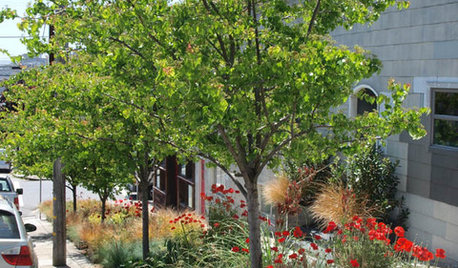
CURB APPEALTake Your Hell Strip to Heavenly Heights: 8 Design Ideas
Trade weedy dirt and trash for a parking strip filled with wispy grasses, low-growing flowers and textural trees
Full Story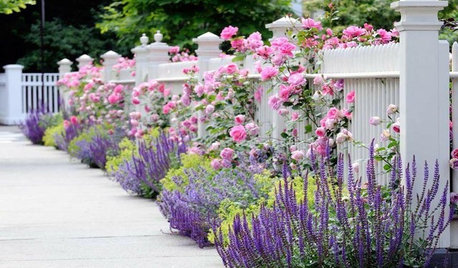
LANDSCAPE DESIGN4 Gorgeous Garden Looks for a Narrow Planting Strip
Make a strong design statement in an unexpected place with these ideas for perimeter plantings, pocket gardens and more
Full Story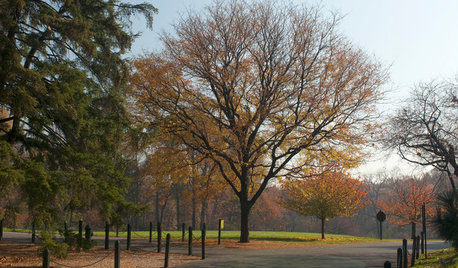
GARDENING GUIDESGreat Design Plant: Honey Locust Tree
No, it doesn't actually produce honey. But its dappled light and tolerant nature are treats in city and country settings alike
Full Story
GARDENING GUIDESWhen and How to Plant a Tree, and Why You Should
Trees add beauty while benefiting the environment. Learn the right way to plant one
Full Story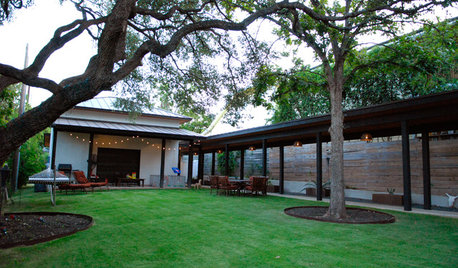
TREESHow to Protect Your Trees When You’re Remodeling or Building
Will your home be undergoing construction this year? Be sure to safeguard your landscape’s valuable trees
Full Story
GARDENING GUIDESGrow Your Own Privacy: How to Screen With Plants and Trees
Use living walls to lower your home and garden's exposure while boosting natural beauty in your landscape
Full Story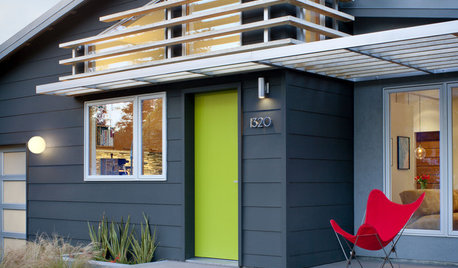
EXTERIORS17 Ways to Increase Your Home's Curb Appeal
The word on the street? Homes with appealing front views can sell faster, lift moods and convey a warm welcome
Full Story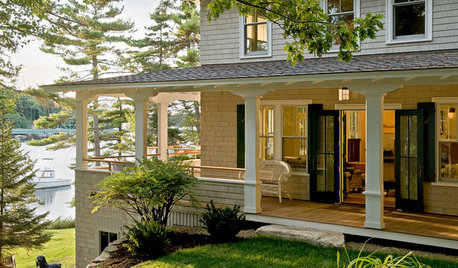
GARDENING AND LANDSCAPING7 Ideas to Get You Back on the Front Porch
Remember the good old days, when porches offered front-row seats to street scenes? They can be even better today
Full Story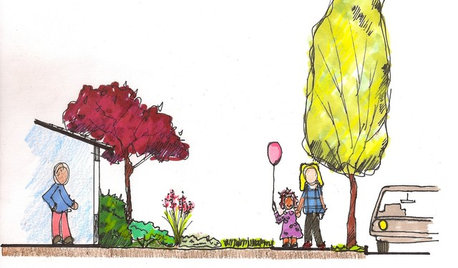
LANDSCAPE DESIGNGive Curb Appeal a Self-Serving Twist
Suit yourself with a front-yard design that pleases those inside the house as much as viewers from the street
Full Story





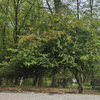
wisconsitom